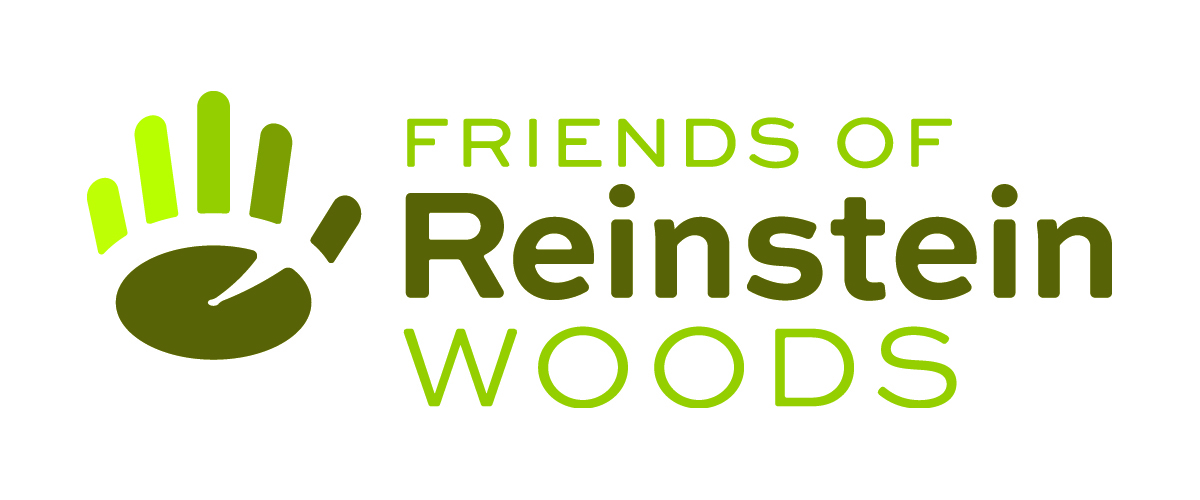Ruby-Throated Hummingbirds beautiful colors and specialized adaptations make it a true gem. They are a very small bird, weighing less than a nickel! They have long wings and a long, thin, pointed beak. Females have a mostly white underside and are green on top. While the males have a bright red throat, and green crown with black mask. Its red throat may appear black if the lighting isn’t just right.
These hummingbirds are common in old fields, forest edges, and backyards. They are the only hummingbird in the Eastern United States. They spend the winter in Southern Florida or Central America and usually arrive back to Western New York in early to mid-May.
Ruby-Throated Hummingbirds are primarily nectar feeders, but they also eat a variety of small insects and spiders. They will even pluck insects from spider webs or sapsucker’s sap wells. Their long thin beak allows them to sip nectar that many insects are unable to. These hummingbirds prefer red and orange tubular flowers, but will also occasionally visit purple flowers. Bee balm and cardinal flower are some of their favorites, but they also enjoy nectar from trumpet creeper, jewelweed and columbine.
If you would like to feed hummingbirds at home, you can make your own sugar water mixture. You can add one-quarter cup of sugar per cup of water and heat it in a pot until it dissolves. Make sure your solution cools before adding it to your feeder. Nectar feeders should be cleaned and filled regularly, especially when temperatures are high (its recommended 2-3 times per week). Water moats hung above the feeder keep the ants away. Make sure you only fill the ant guard with water as birds will also drink out of it.
Ruby-throated hummingbird wings are a blur because they beat their wings more than 50 times per second. They flap their wings in a figure 8 motion which makes them very efficient and maneuverable fliers that are able to hover. They have very tiny legs to make them more aerodynamic, but they sacrifice their ability to walk as a result.
Females will build a nest usually positioned right on top of a slender, downward-sloping branch. The nest is composed of thistle down, plant fibers and spider silk. The outer surfaces of this two-inch nest are camouflaged with lichen. Spider silk makes the nest flexible and allows it to stretch as the young grow.

